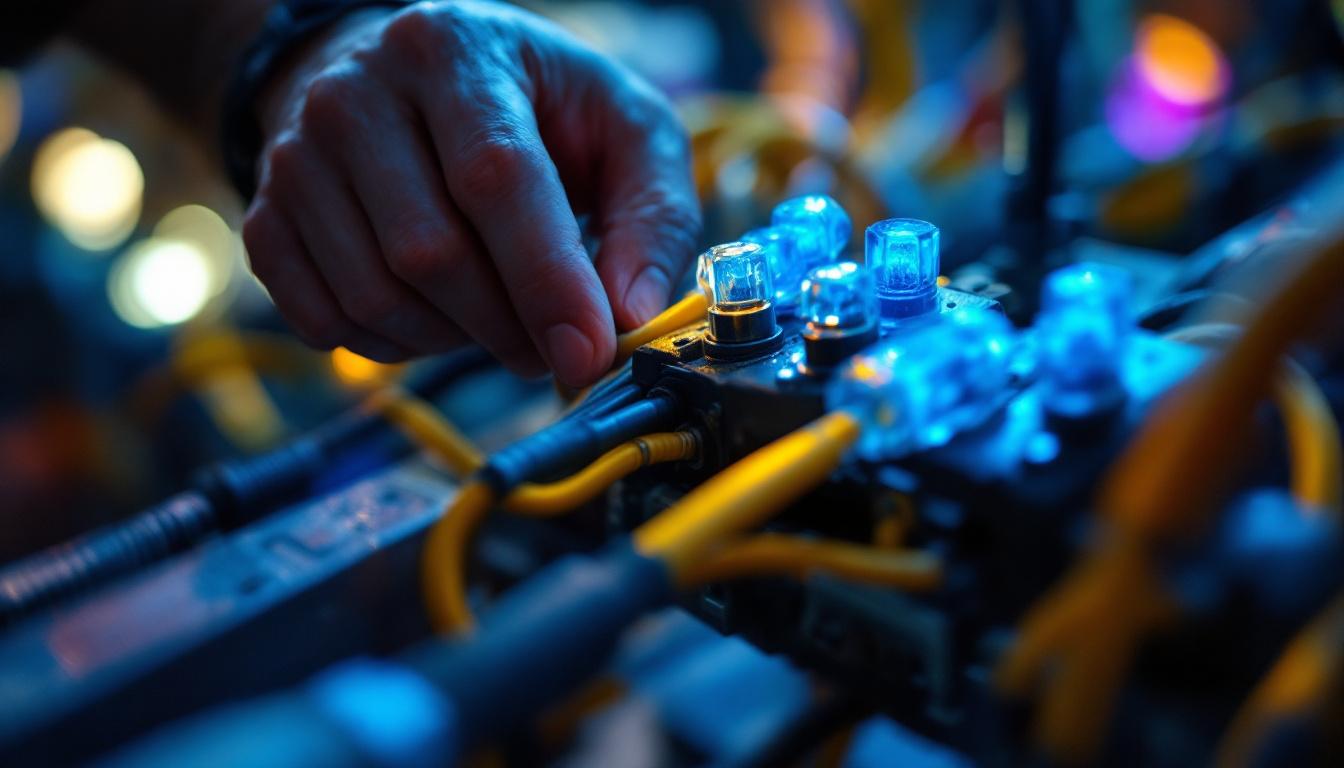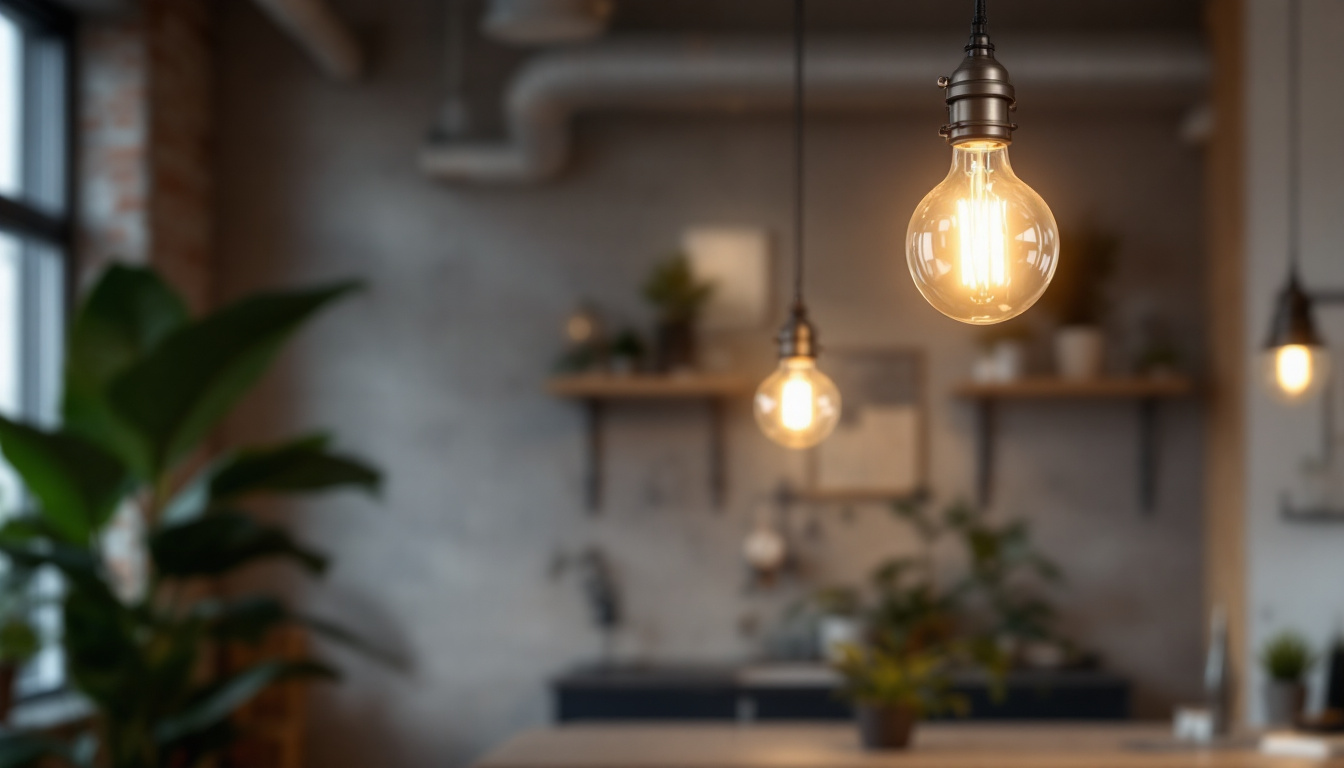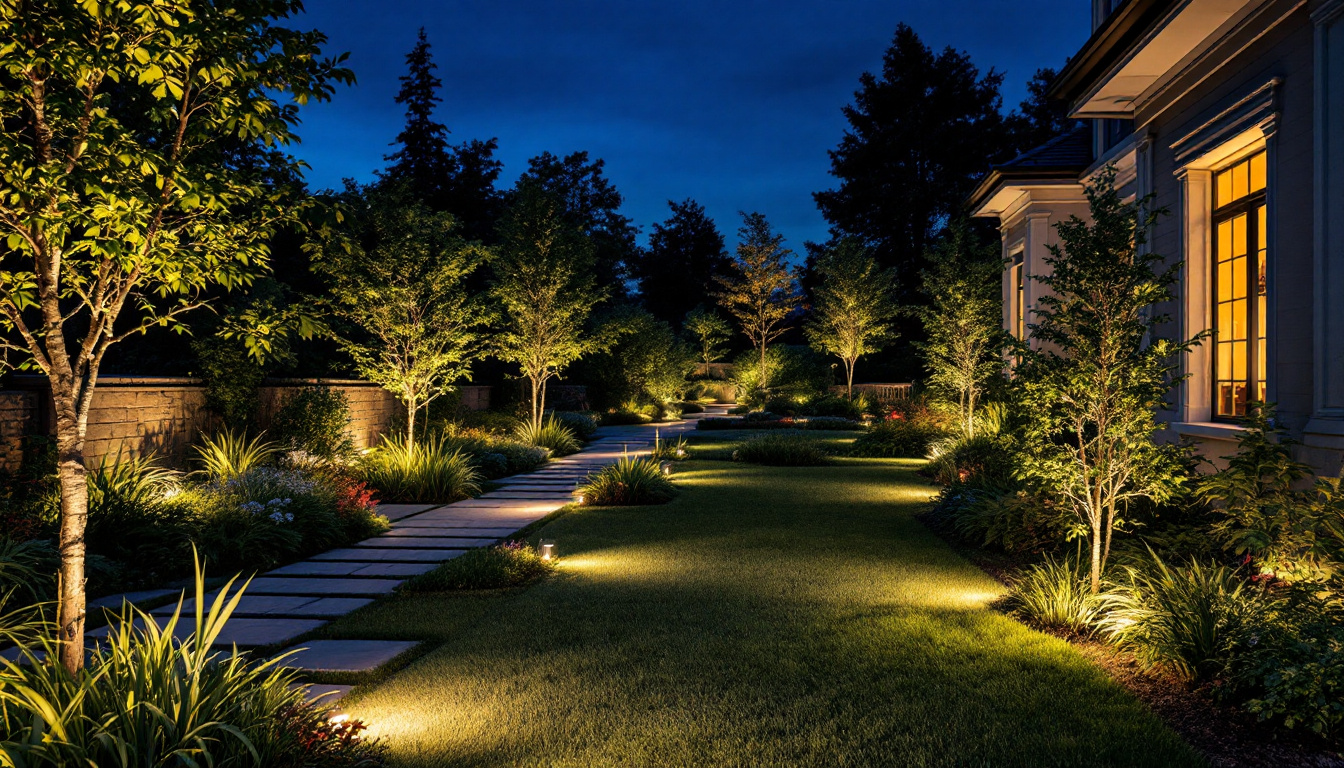
In the world of interior design, lighting plays a pivotal role in creating ambiance and functionality. Among the various types of lighting fixtures, hanging dining lights stand out as both practical and aesthetically pleasing. For lighting contractors, understanding the nuances of these fixtures is essential for delivering exceptional results to clients. This article delves into the essential facts about hanging dining lights that every lighting contractor should know.
Hanging dining lights, often referred to as pendant lights, are fixtures that suspend from the ceiling, providing direct illumination to dining areas. Their design and placement can significantly influence the overall atmosphere of a dining space. These lights come in various styles, sizes, and materials, making them versatile options for different interior themes. From rustic farmhouse designs to sleek modern aesthetics, the right hanging light can tie a room together and set the mood for any occasion, whether it’s a casual family dinner or an elegant dinner party.
When it comes to hanging dining lights, there are several types to consider. Each type serves a unique purpose and can enhance the dining experience in different ways.
Each type offers distinct advantages and can be chosen based on the specific needs and style preferences of the client. Understanding these options is crucial for lighting contractors when recommending fixtures. Additionally, the choice of bulbs—whether warm or cool light—can further enhance the desired atmosphere, making it essential to consider the entire lighting scheme.
Design plays a significant role in the selection of hanging dining lights. Contractors must consider the overall decor, size of the dining area, and the height of the ceiling when making recommendations. The color palette and materials used in the dining room can also influence the choice of lighting fixtures.
For instance, in a room with high ceilings, a larger chandelier can create a dramatic effect, while a small pendant light may get lost in the space. Conversely, in a cozy dining nook, a cluster of smaller pendant lights can create an intimate atmosphere. The key is to balance functionality with aesthetics to enhance the dining experience. Furthermore, the height at which these lights are hung is crucial; ideally, they should be positioned about 30 to 36 inches above the dining table to ensure optimal illumination without obstructing views. This consideration not only maximizes light efficiency but also contributes to the overall comfort of the dining environment, allowing guests to enjoy their meals in a well-lit yet inviting setting.
Proper installation of hanging dining lights is critical to ensure safety and optimal performance. Lighting contractors should adhere to specific guidelines to achieve the best results.
The height at which hanging lights are installed can greatly affect both the functionality and visual appeal of the space. As a general rule, pendant lights should hang approximately 30 to 36 inches above the dining table. This height allows for adequate illumination while ensuring that the light does not obstruct the view across the table.
When installing multiple fixtures, spacing is equally important. A common practice is to space the lights evenly, ensuring that they provide uniform lighting across the dining area. This attention to detail can make a significant difference in the overall look and feel of the space. For larger tables, consider using a linear arrangement of lights or a cluster of smaller pendants to create a cohesive design that complements the dining area. This not only enhances the aesthetic appeal but also ensures that every guest is bathed in warm, inviting light.
Electrical safety is paramount when installing hanging dining lights. Contractors must ensure that the electrical wiring is up to code and capable of supporting the fixtures being installed. This includes checking for proper grounding and ensuring that the circuit can handle the load of the new lights.
Additionally, using dimmer switches can enhance the versatility of the lighting, allowing clients to adjust the ambiance according to their needs. This feature is particularly appealing for dining areas, where the mood can change from casual family dinners to formal gatherings. Moreover, incorporating smart lighting solutions can offer even greater control, enabling users to customize settings through their smartphones or voice-activated devices. This modern approach not only adds convenience but also aligns with the growing trend of integrating technology into home design, making the dining experience more enjoyable and tailored to individual preferences.
The type of bulbs used in hanging dining lights can significantly impact both the functionality and aesthetic of the space. Lighting contractors should be knowledgeable about the various bulb options available to make informed recommendations.
LED bulbs have become increasingly popular due to their energy efficiency and longevity. They consume significantly less energy than incandescent bulbs and can last up to 25 times longer. This makes them a cost-effective choice for clients looking to reduce their energy bills. Additionally, LED technology has advanced to the point where many options now closely mimic the warm light quality of traditional incandescent bulbs, allowing for a seamless integration into homes that prioritize both sustainability and style.
However, some clients may prefer the warm glow of incandescent bulbs for their dining spaces. While they do not last as long or offer the same energy savings, they provide a certain ambiance that many find appealing. The soft, inviting light of incandescent bulbs can enhance the dining experience, making meals feel more intimate and special. Understanding the pros and cons of each type will help contractors guide clients toward the best choice for their needs, taking into account not only the practical aspects but also the emotional resonance of the lighting in their homes.
Another critical factor to consider is the color temperature of the bulbs. Measured in Kelvin (K), color temperature can range from warm (around 2700K) to cool (above 5000K). For dining areas, a warm color temperature is often preferred, as it creates a cozy and inviting atmosphere. This warmth can be particularly beneficial during evening meals, where the right lighting can foster conversation and connection among diners.
Brightness, measured in lumens, is also essential. Contractors should ensure that the chosen bulbs provide adequate illumination for the dining space without being overly harsh. A balance of brightness and warmth will enhance the dining experience. Additionally, it’s worth considering the use of dimmable bulbs or fixtures, which allow for adjustable lighting levels. This flexibility can transform the dining environment from bright and lively for family gatherings to soft and subdued for romantic dinners, catering to a variety of occasions and preferences.
Once hanging dining lights are installed, proper maintenance is necessary to ensure their longevity and performance. Lighting contractors should advise clients on how to care for their fixtures effectively.
Dust and grime can accumulate on light fixtures, diminishing their brightness and overall appearance. Regular cleaning is essential to keep hanging dining lights looking their best. Contractors can recommend using a soft cloth and a mild cleaning solution to gently wipe down the fixtures.
For intricate designs, such as chandeliers, a more thorough cleaning may be required. Advising clients on the best cleaning methods can help maintain the beauty of their lighting fixtures over time.
Clients should also be informed about when and how to replace bulbs. For LED bulbs, this may not be a frequent task, but incandescent bulbs will need to be replaced more often. Contractors can provide guidance on the types of bulbs suitable for their fixtures and any specific replacement procedures.
The world of lighting design is ever-evolving, with new trends emerging regularly. Staying updated on these trends can help lighting contractors provide clients with fresh and modern options.
Minimalism continues to be a popular trend in interior design, and hanging dining lights are no exception. Simple, clean lines and understated designs can create a sophisticated look that complements various decor styles. Contractors should consider recommending minimalist fixtures that offer elegance without overwhelming the space.
Industrial-style lighting has gained traction in recent years, characterized by raw materials and a rugged aesthetic. Fixtures made from metal, glass, and wood can add a unique touch to dining areas. Contractors can explore options that incorporate these materials to appeal to clients seeking a more contemporary or urban feel.
Hanging dining lights are more than just functional fixtures; they play a crucial role in setting the mood and enhancing the dining experience. For lighting contractors, understanding the various types, installation guidelines, bulb options, and maintenance practices is essential for delivering exceptional service to clients.
By staying informed about design trends and providing expert advice, contractors can help clients choose the perfect hanging dining lights that reflect their personal style while ensuring safety and functionality. The right lighting can transform a dining area, making it a welcoming space for family gatherings and entertaining guests.
In the competitive field of lighting design, knowledge is power. By mastering the essentials of hanging dining lights, lighting contractors can elevate their expertise and provide clients with the best possible solutions for their dining spaces.
Ready to enhance your lighting projects with the perfect hanging dining lights? At LumenWholesale, we provide lighting contractors with an exceptional range of high-quality, spec-grade lighting products. Discover unbeatable wholesale prices and a selection that meets the highest industry standards. Say goodbye to middleman markups and hello to superior lighting solutions that combine quality, affordability, and convenience. Plus, enjoy the added benefit of free shipping on bulk orders. Elevate your lighting game and give your clients the best value by visiting Wholesale Lighting at the Best Value today.

Discover why gel filled wire nuts are essential for lighting contractors.

Discover how stainless steel industrial pendant lights can enhance profitability in lighting installations.

Discover why LED landscape lighting is revolutionizing the work of lighting contractors.

Discover how solar light poles can transform your yard projects and boost your business success.